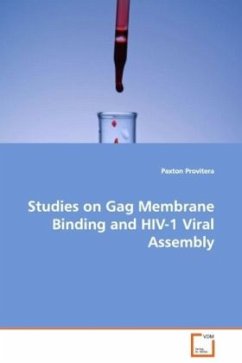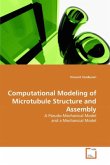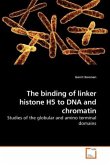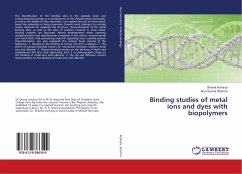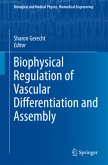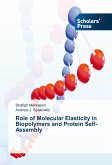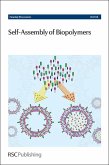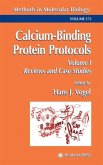HIV has taken the lives of over twenty million people with an additional forty million people currently infected. During the viral life-cycle, an HIV protein, Gag, assembles at the host membrane, specifically at lipid raft regions, at very high concentrations leading to viral particle budding. During a subsequent phase, maturation, Gag is processed into four proteins, matrix (MA), capsid (CA), nucleocapsid (NC) and p6. CA, the major dimerazation domain within Gag, forms the viral core that encapsulates the viral RNA and accessory proteins. Interestingly, within CA is a 20 amino acid stretch of conserved residues, the Major Homology Region (MHR), which form a tightly packed amphipathic helix. Here we have analyzed the membrane binding of the closely related EIAV MA, myristoylated HIV-1 Gag, an MHR deletion mutant of HIV-1 Gag, and a non-myristoylated form of HIV-1 Gag to determine the roles of the multiple exposure faces of MA, myristoylation, and the MHR and the viral particle assembly sequence of HIV-1. Furthermore, we looked at the MHR as a possible drug target by membrane and RNA binding along with aggregate dissociation in the presence of a peptide form of the MHR.
Bitte wählen Sie Ihr Anliegen aus.
Rechnungen
Retourenschein anfordern
Bestellstatus
Storno

